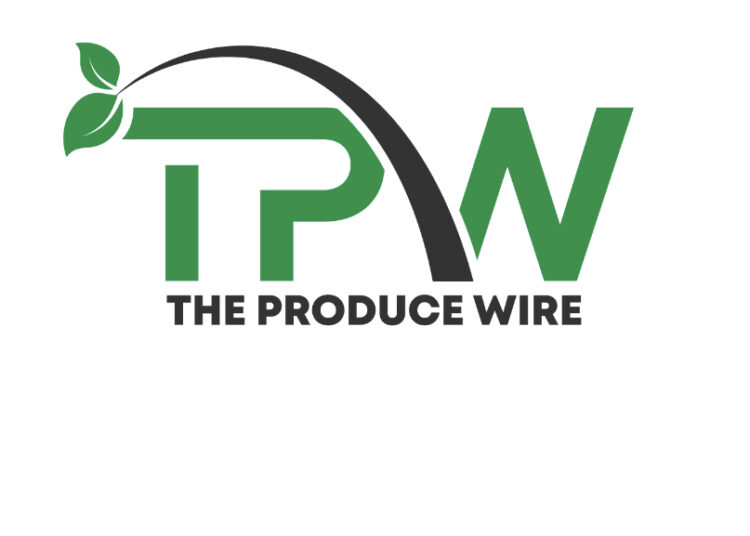The U.S. Department of Agriculture, the Department of Education and various partner organizations launched the new school year with a virtual pep rally emphasizing the critical role of food safety and nutrition in school meals. The event showcased the USDA’s dedication to enhancing the nutritional value of school meals and their safety, ensuring that children receive healthy and safely prepared meals.
Agriculture Secretary Tom Vilsack underscored the importance of food safety in schools, stating, “Healthy and safe school meals are foundational to an effective educational environment, helping children to focus, learn, and reach their full potential.” The USDA’s ongoing efforts to support food safety measures are crucial as schools nationwide as they serve meals to about 30 million children each school day.
This year, schools will benefit from updated USDA guidelines that allow for more diverse and safer food options. These include expanding choices in protein-rich breakfast foods like yogurt, tofu, and eggs, and stipulating that unprocessed agricultural products purchased for school meals must be locally sourced whenever possible, to ensure freshness and reduce contamination risks.
The new guidelines also aim to reduce added sugars and sodium in school meals, a move that will contribute to overall student health and align with broader public health goals. U.S. Secretary of Education Miguel Cardona highlighted the broader impact of these initiatives, noting, “A school is more than a place for academic learning; it is a community hub where children should have access to safe and nutritious food.”
Highlighting the practical impacts of these changes, Denise Tapley Proctor, food service director from Regional School Unit (RSU) No. 89 in Maine, shared her district’s shift towards local sourcing. “We have transitioned to using meats from local butchers and vegetables from nearby farms, reducing our reliance on processed foods and enhancing meal safety,” she explained. Similarly, Thornton Fractional High School District (HSD) No. 215 in Illinois has revamped its breakfast offerings, focusing on fresh, protein-rich items over pre-packaged, sugary alternatives.
The USDA has also facilitated substantial financial investments in food safety through the Healthy Meals Incentives grants and the Patrick Leahy Farm to School Grants. These programs support innovative projects that improve the safety and quality of school meals, emphasizing the connection between local food sourcing and food safety.
Further support for these initiatives comes from the Biden-Harris Administration’s national strategy on hunger, nutrition and health, which prioritizes the provision of safe, free school meals for all children. To date, eight states have taken permanent measures to offer no-cost meals to all students, enhancing both access and safety by minimizing the handling of payments and reducing the administrative burden on schools.
The USDA’s comprehensive approach not only addresses the nutritional content of school meals but also emphasizes the importance of food safety practices, ensuring that America’s children receive meals that are safe, nutritious and conducive to learning. For more information on the USDA’s food safety initiatives in schools, visit their official website.
(To sign up for a free subscription to Food Safety News, click here.)













